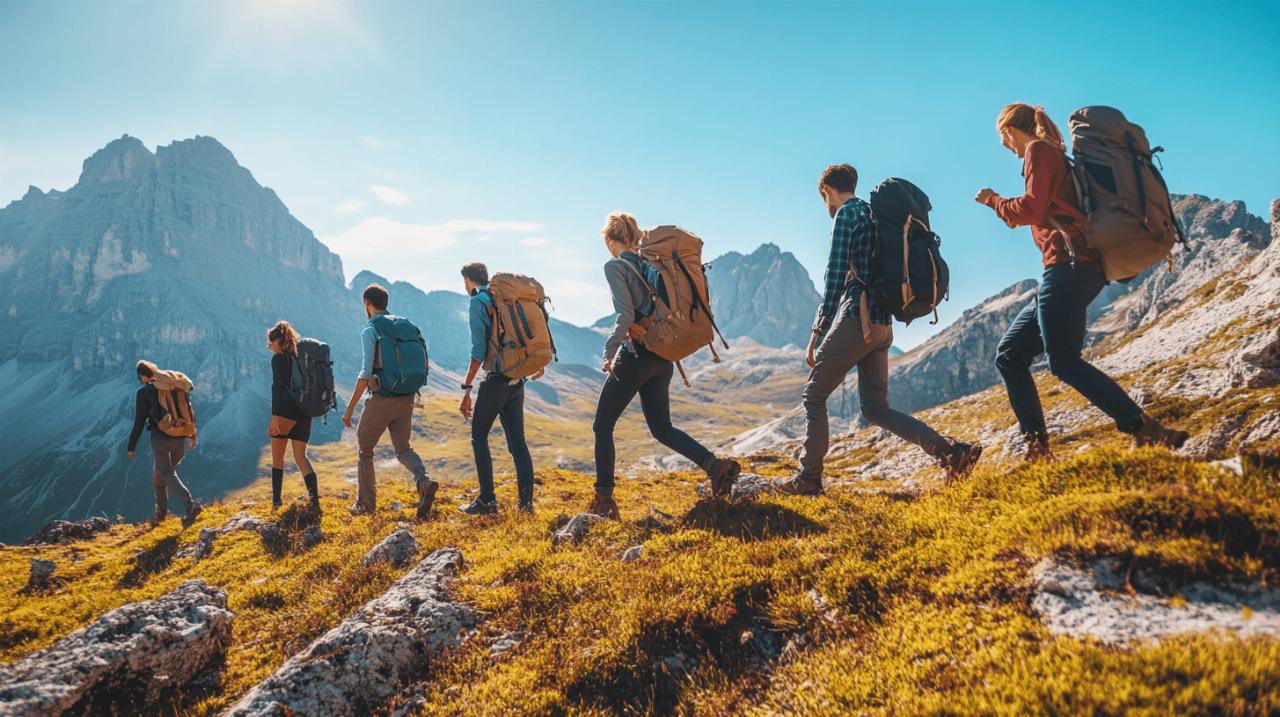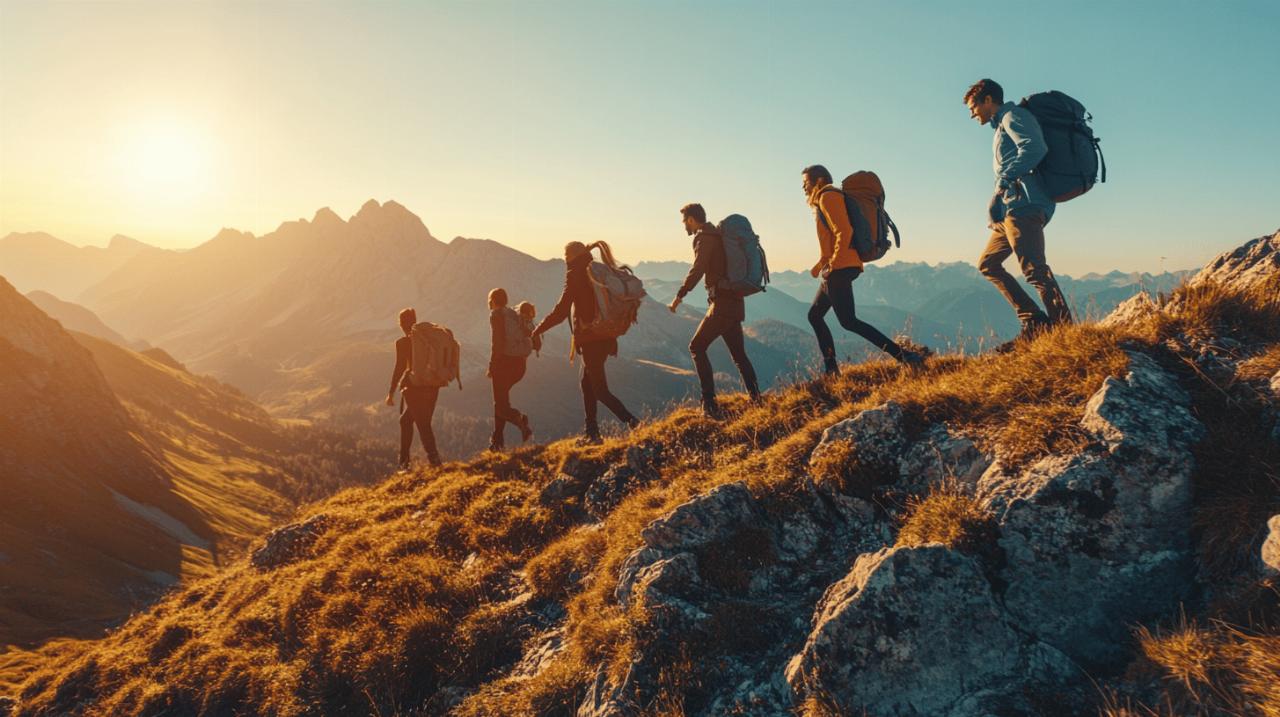Embarking on an outdoor travel adventure opens the door to unforgettable experiences in nature’s most breathtaking settings. From remote hiking trails to exotic wildlife encounters, proper preparation can transform a simple trip into a life-changing journey across diverse landscapes and cultures.
Essential gear for outdoor expeditions
When planning an outdoor adventure, having the right equipment isn’t just about comfort—it’s often a matter of safety and enjoyment. Experienced travelers know that thorough research and strategic packing form the foundation of any successful expedition, whether you’re exploring local paths or venturing to international destinations.
Weather-appropriate clothing selections
Dressing appropriately for outdoor adventures requires thoughtful layering and material selection based on your destination’s climate. Moisture-wicking base layers, insulating mid-layers, and waterproof outer shells create a versatile system adaptable to changing conditions. Many travelers visiting El Rincón Cunqueiru regions benefit from lightweight, quick-drying fabrics that perform well across various activities from hiking through Spanish trails to kayaking in Hauts-de-France waters. Remember that proper footwear with adequate support and traction is essential, as are accessories like wide-brimmed hats for sun protection or thermal beanies for colder climates.
Multi-purpose tools every traveler needs
Smart packers prioritize gear that serves multiple functions to maximize space and minimize weight. A quality multi-tool with pliers, knife, screwdriver, and bottle opener can handle numerous situations from meal preparation to emergency repairs. Headlamps provide hands-free illumination for nighttime activities while freeing up valuable pocket space. Lightweight microfiber towels dry quickly and can serve as makeshift pillows, sun shields, or picnic blankets. When selecting equipment for your journey, focus on durability and versatility rather than specialized items that might only be used once throughout your travels.
Planning strategies for wilderness journeys
Embarking on an outdoor adventure requires thoughtful preparation to make the most of your wilderness experience. When venturing into nature’s playground, having solid planning strategies can transform a simple trip into an unforgettable journey while ensuring safety and environmental responsibility.
Mapping routes and identifying key landmarks
Successful wilderness journeys begin with detailed route mapping. Start by researching your destination thoroughly using reliable resources like topographic maps and digital tools such as Google Earth to visualize terrain. Identify significant landmarks that will serve as navigation points throughout your adventure. For ambitious expeditions like the Sierra High Route—a nearly 200-mile cross-country trek through California’s Sierra Nevada—proper mapping becomes essential for navigation.
Create a comprehensive system for marking critical features along your route, including water sources, shelters, and potential hazards. When planning mountain activities or hiking trails, research the best seasons for your chosen destination to avoid dangerous weather conditions. Many experienced adventurers recommend obtaining physical maps as backups to digital navigation tools, especially in remote areas where technology may fail. For destinations like the UK’s West Highland Way (96 miles from Glasgow to Fort William) or the Pennine Way (268 miles from Edale to Kirk Yetholm), having detailed route information is critical for a safe journey.
Creating flexible itineraries that embrace spontaneity
While thorough planning provides structure, building flexibility into your wilderness itinerary allows for authentic adventure experiences. Design your schedule with buffer days to accommodate unexpected discoveries, weather changes, or simply to linger in spectacular locations that deserve more time. This approach proves valuable whether you’re bike touring along Norfolk’s 232-mile Rebellion Way or exploring international destinations like the Cinque Terre footpaths in Italy.
Pack wisely with multi-purpose gear that adapts to changing conditions and create contingency plans for potential challenges. Many outdoor travel guides emphasize the value of flexibility when facing unexpected situations—from transportation delays to equipment issues. Balancing structured planning with room for spontaneous exploration enhances wildlife experiences and creates more meaningful connections with nature. For those interested in sustainable tourism, this approach also allows time to engage with conservation programs or volunteering opportunities you might discover along your journey, supporting eco-tourism while creating unforgettable memories in nature’s most spectacular settings.







